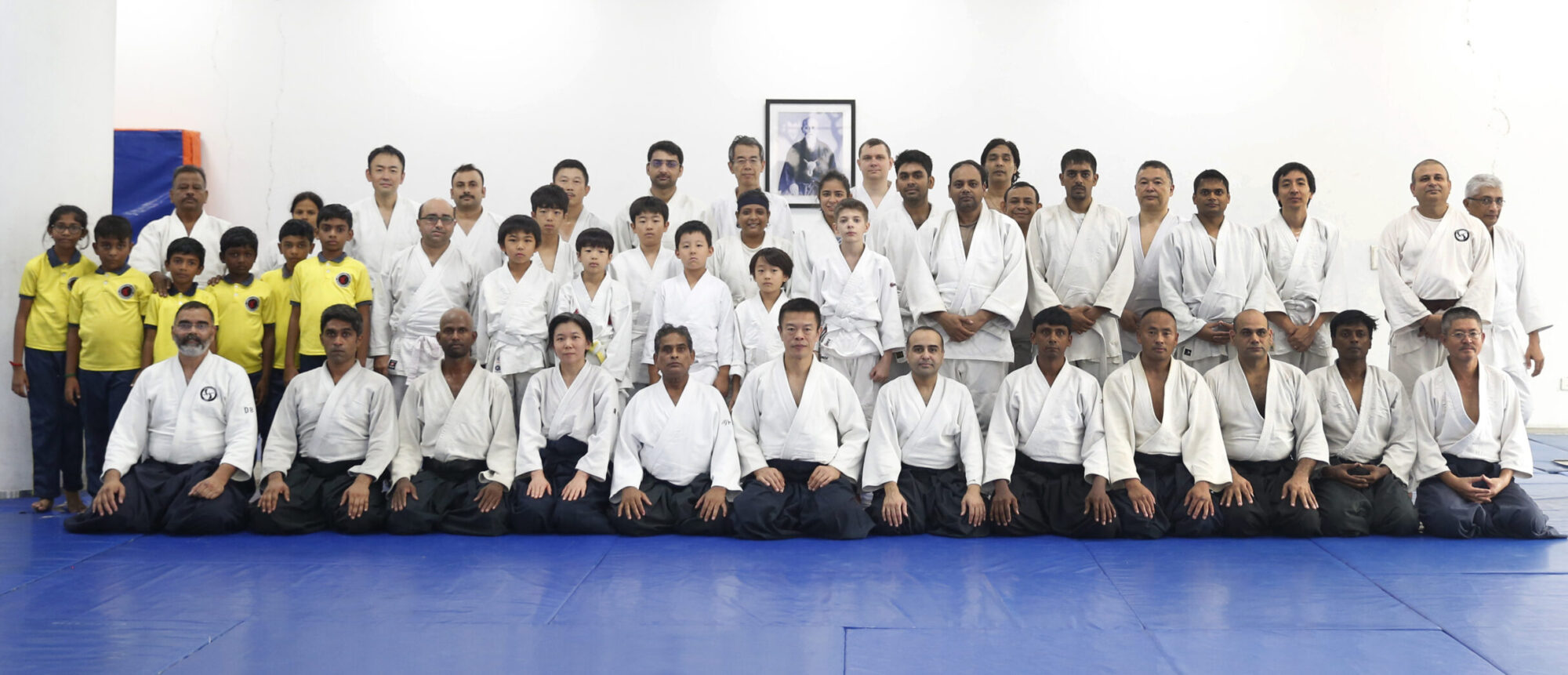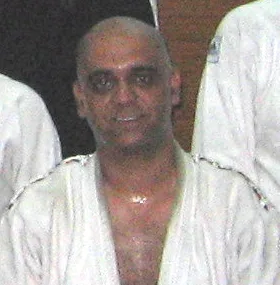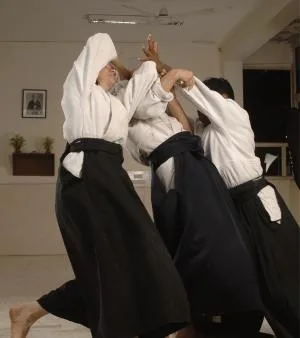I don’t like going to the gym. I have tried and tried hard. In the years during my under-graduate studies, MA training was not available where I studied. So I tried to do running, gym, games like soccer, basketball etc. I did something or the other throughout. But I did not diligently train any particular thing. That is I burned calories, in many different ways, but there was very little skill acquired for all the work I put in. There just wasn’t enough motivation to continue training beyond a few weeks when the initial tempo gave out and sustained motivation was required to train diligently.
Surprisingly I could not pin point the exact reason why I did not feel motivated. I like being fit. I don’t mind physical hardwork and pain. And I love the feel when after long practice , things I was clumsy and ungainly with initially, I execute with economy and beauty.
One exception to this was martial arts. I have practiced karate and jeet kune do at different times. As long as I was practicing in the dojo, nothing was too hard, over strenuous or boring. Even on days when the practice involved huge number of repetitions, arms and legs felt like lead but inside I was raring to go for the next class.
This feeling was even more pronounced when I started Aikido with Sensei Kar in March 2007. Even with twisted elbows and knees, pain in the back from so many botched ukemies, the desire to go to the next class was always as strong.
My friends and peers frequently ask what is so great about going to my class in spite of the injuries and pain. I used to say that look –
• I have lost 14 kgs in 10 months, without dieting!
• I am so much fitter and strong
• my stamina is up
• I feel full of energy
• I am so much more flexible
• I feel relaxed
What else do you want? But they say, you can get the same benefit by going to a gym, yoga, jogging or any combination of these, and so safe and soft on the body.
I had no answer.
But now I think I see the difference. The difference lies in my objective. If my objective was to get fit and nice looking body and no more, then he gym approach is good. But that alone did not satisfy me so very soon I get bored with only the physical exercise.
My satisfaction seemed to relate to the control and awareness over my body that results from taking ukemi, the loss of fear. The ever increasing capacity to adapt my body in response to the stress put on it.
Learning to take ukemi I think is the key to the heart of Aikido. To adapt to the force and its direction as applied by the Nage, to go along with its application and finding your balance again without loosing the combat initiative.
The sense of relaxation was, I think, a result of reduced anxiety. Anxiety and fear for getting hurt, over uncertainty about a situation, physical or otherwise. It is this loss of fear and the accompanying confidence in my capacity to control my body to ever changing physical and social environment, that makes me feel relaxed and aware at the same time.
‘Relaxed and aware’, I think yogis call this state the ‘witness state’ where one is able to look at one’s circumstance without being emotionally effected by it. To be able to maintain it permanently, for it to become part one’s nature, is the elusive goal for most of us, even though many may not be aware of it.






